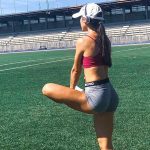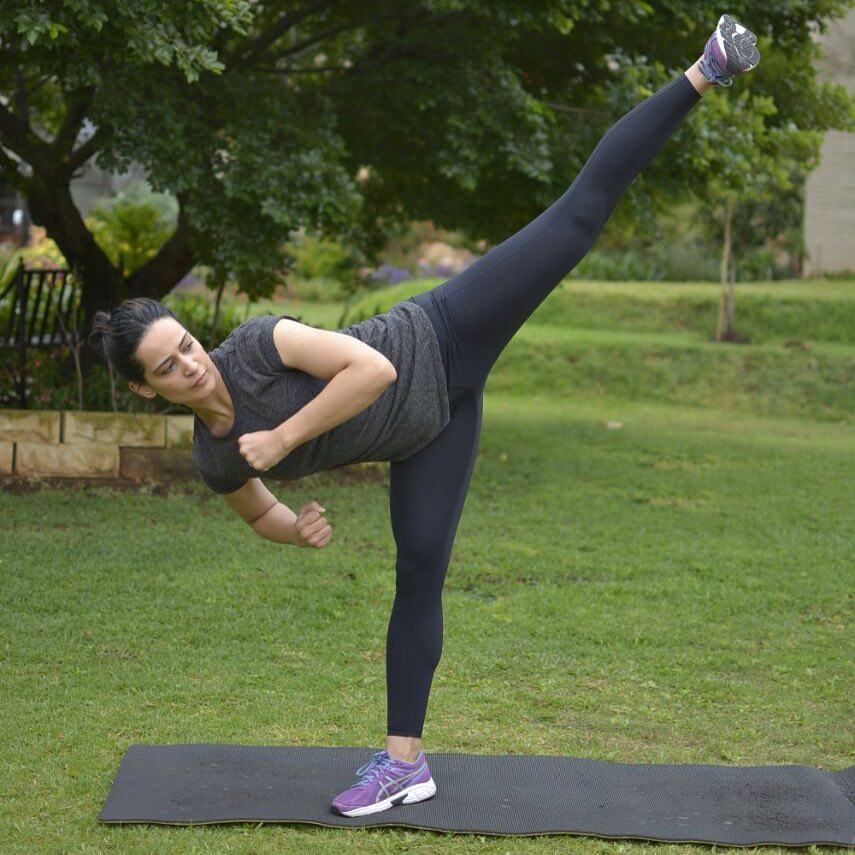Some people train just to keep fit or look good, while others train to master certain exercises or feats, be it, to be able to squat or bench press a certain amount, sprint a particular distance in a certain time, or to be able to perform a handstand.
When the goal is to progress in calisthenics and perfect certain exercises and holds, a lot of work goes into being able to perform these exercises and to continue progressing. Knowing a few crucial tips can help to speed up the progress a lot and prevent you from wasting time doing unnecessary things and bringing on frustration.
I present a few tips for you next:
1. The core is crucial
When it comes to bodyweight exercises, your core strength plays a massive role in many of the exercises and holds. For this reason core training should be a high priority. Some people think by doing calisthenic exercises, they are training their core so they skip the underlying exercises like the hollow body and V up. While this is partly true, the advanced exercises take a lot more than just core strength since you are using most of your body and not just one set of muscles. Thus, if you have already strengthened your core, imagine how much easier the exercises will be and how much faster you will progress.
Start with mastering fundamental core exercises like the hollow body hold, L sit, V ups and planks. Here’s a few great core exercises to get started with.
2. Hold it!
Calisthenics is not only about performing exercises in motion, but is also majorly focused on a lot of holds. In other words being able to hold a certain position or exercise for a period of time. For this reason it is a good idea to perform certain exercises for time, such as the L sit or hollow body hold.
Try to perform sets of these holds. Starts with 10 second holds and increase it as you can. Also remember to keep everything tense when holding, from your toes to your shoulders.
The ability to hold these particular exercises will translate into holding and strengthening other much more advanced exercises.
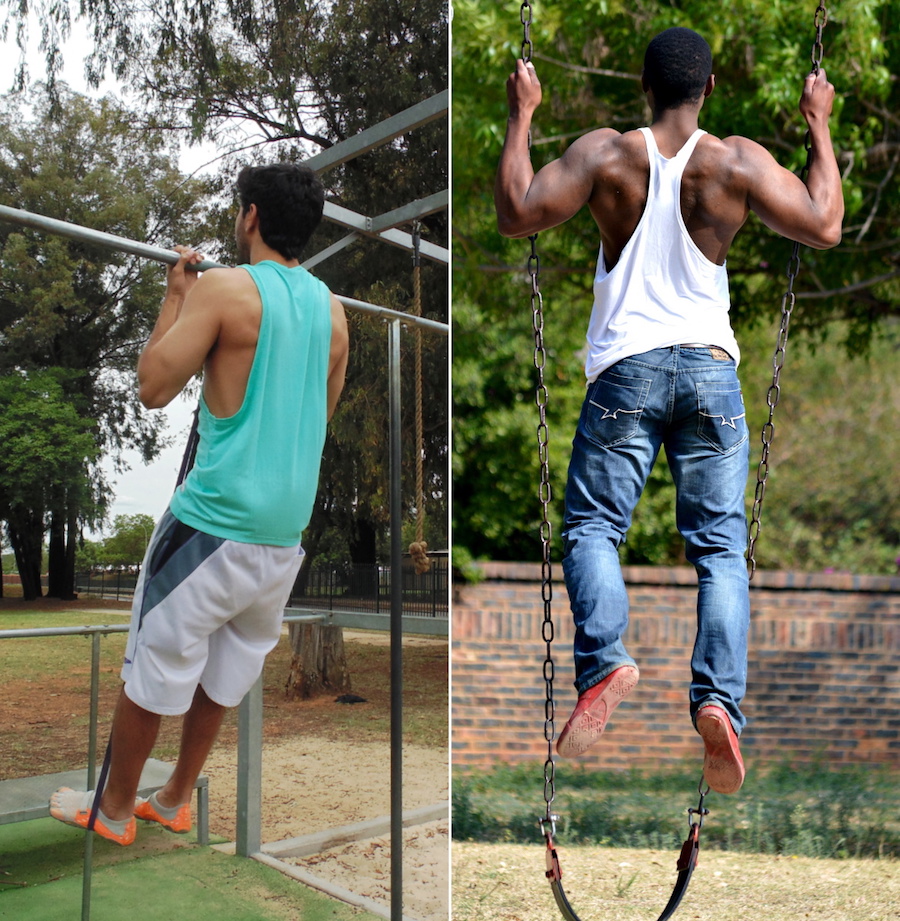
3. Break it down
When observing an advanced exercise like the hand stand push up, the most obvious thing to do is try and replicate that exact exercise. You may try to get into a handstand, lower yourself down and then attempt to push up. If you are new to this sort of training, you will most likely find it extremely difficult and may lack the shoulder and core strength to perform it.
The way to go about it is to break the exercise down into small parts. You then work on each of those smaller parts and get stronger at each of them, until you can put it all together and perform the full exercise.
So, for example, for the handstand push up, it can be broken down to a few things. First is mastering holding the hand stand against a wall, then a freestanding handstand. The next phase is to get your shoulders strong enough to perform the push ups. You can start with regular push ups, and then increase the angle performing A push ups. Next is to perform the handstand push ups against the wall for reps.
It all takes time and consistency for each part, but in the end all the small parts add up to the full exercise.
4. Don’t jump progressions
This follows on from the previous point. There is no point trying to perform handstand push ups against the wall if you cannot hold an assisted handstand for a few seconds. Respect the steps and progressions and you will save yourself time and frustration in the long run.
5. Rep it out
The basic bodyweight exercises are always under estimated. Pull ups, push ups and dips need to be done and included in any bodyweight programme (and any other workout regiments :p ), because almost every other calisthenics exercise is based upon these fundamentals.
So don’t shy away from them, and get in those reps!
You May Also Like:
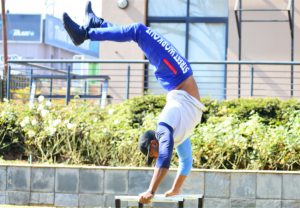 |
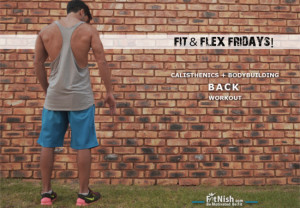 |
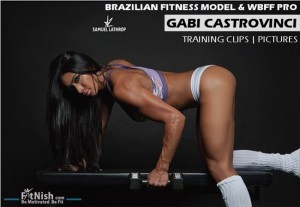 |
 |











